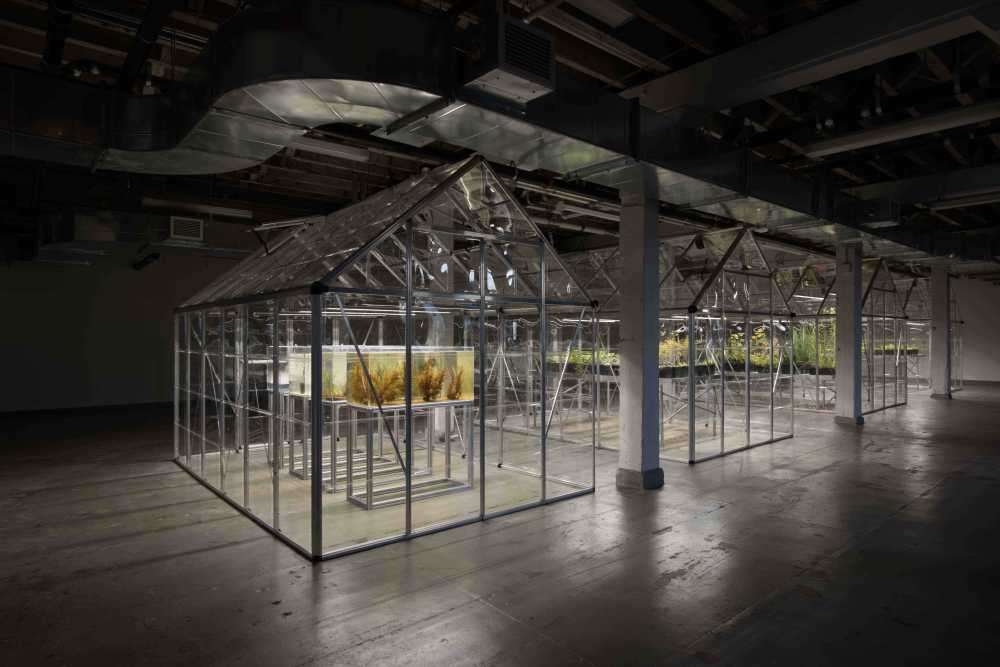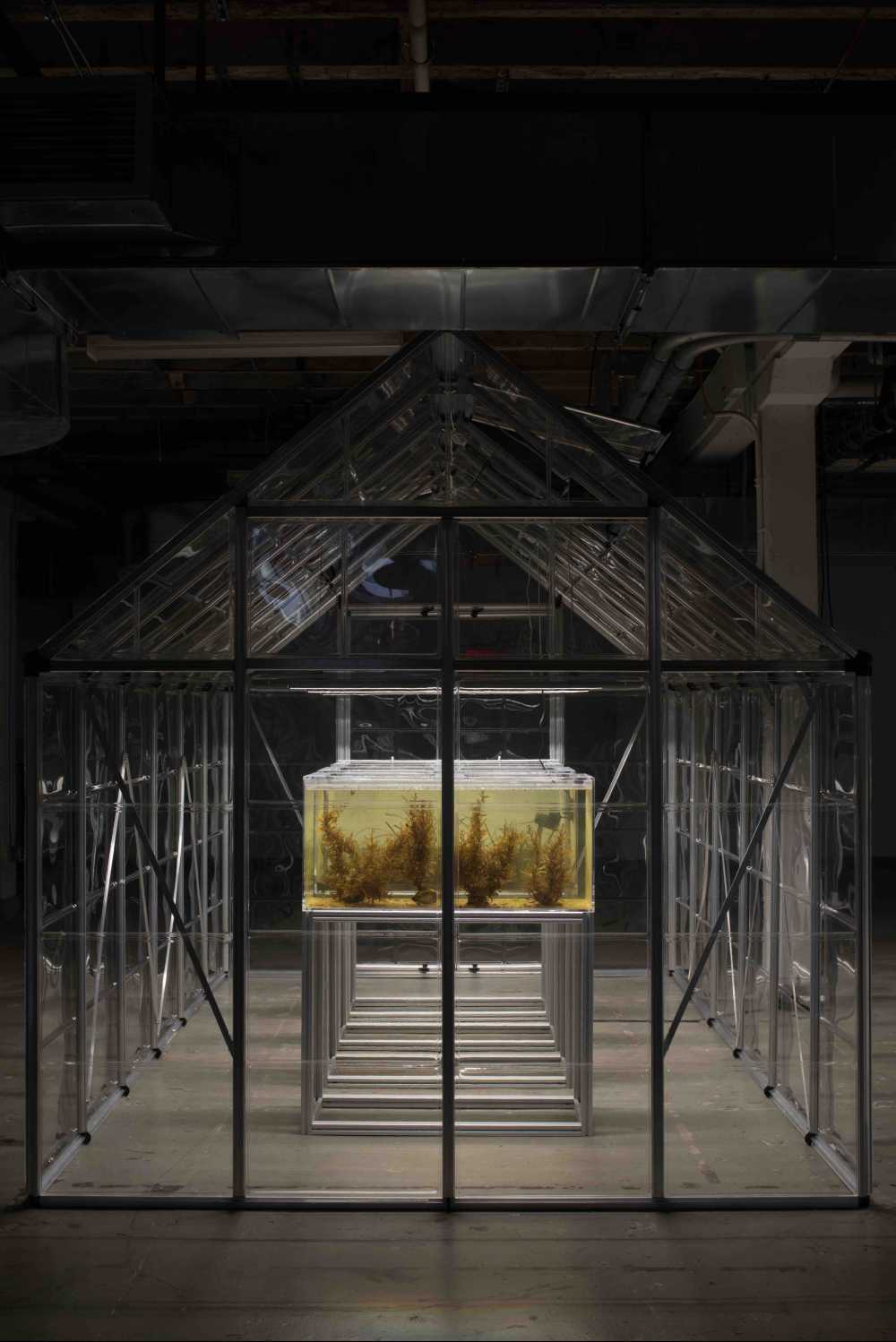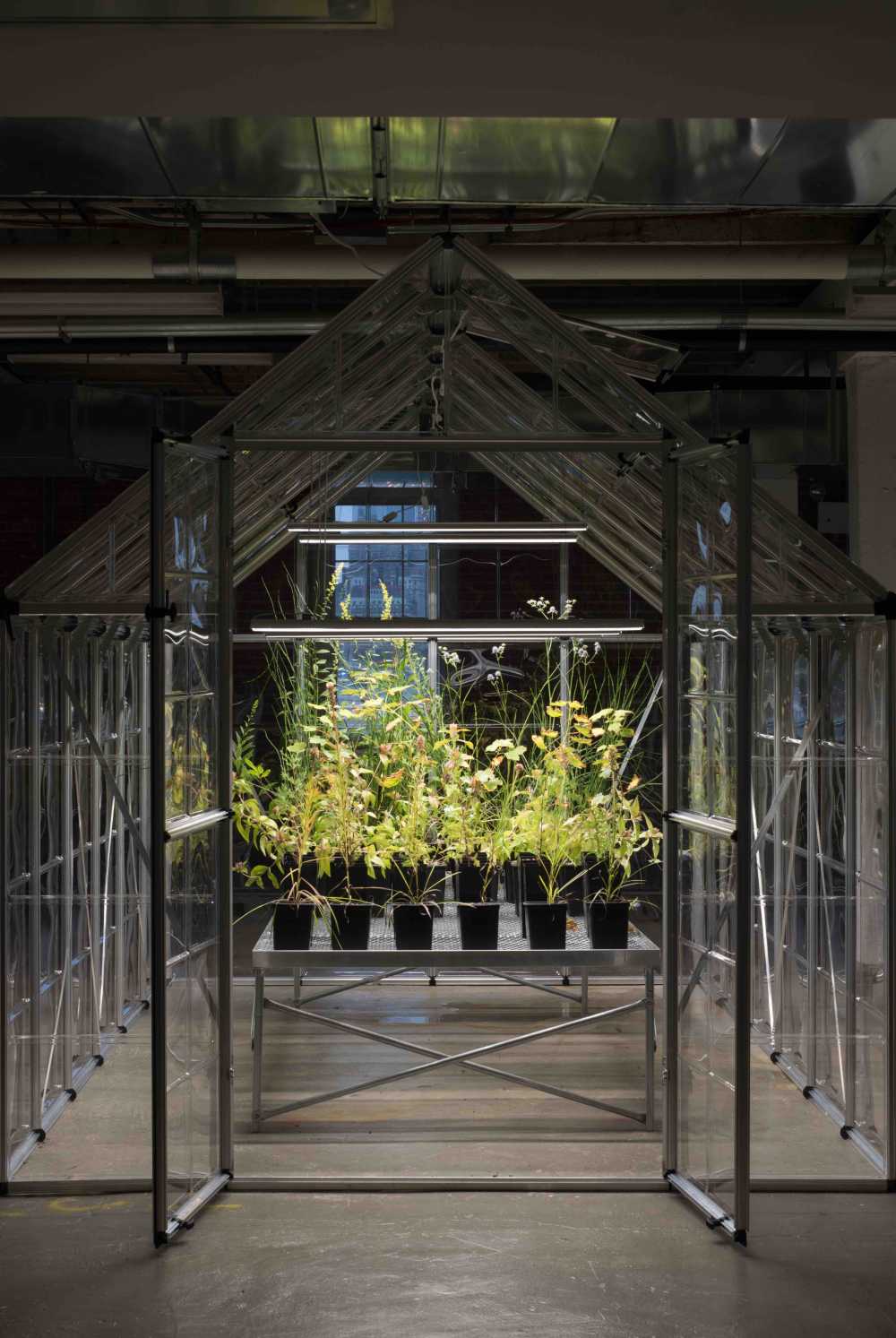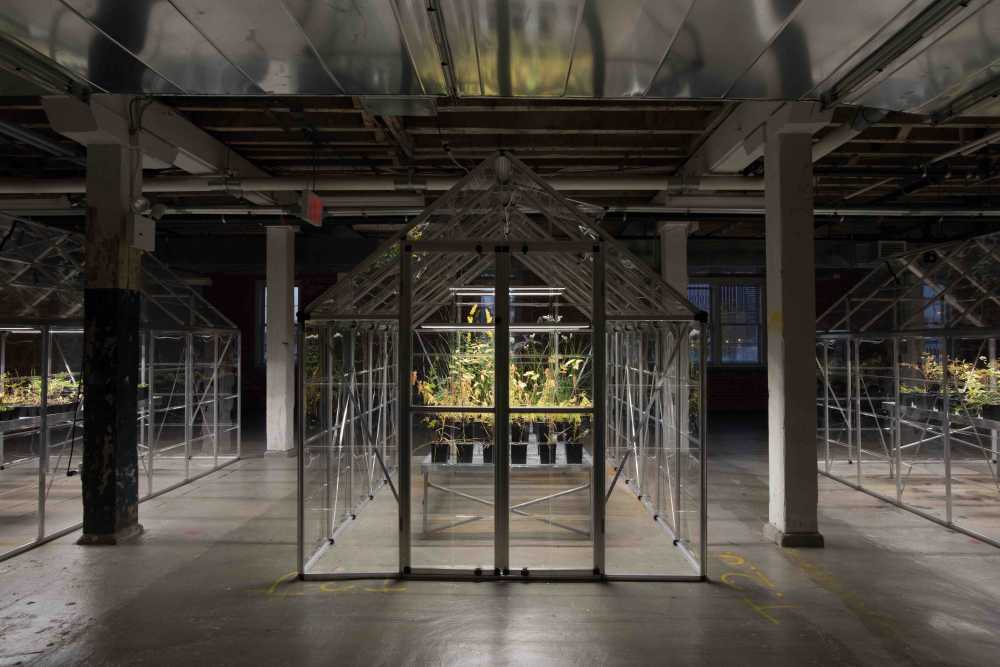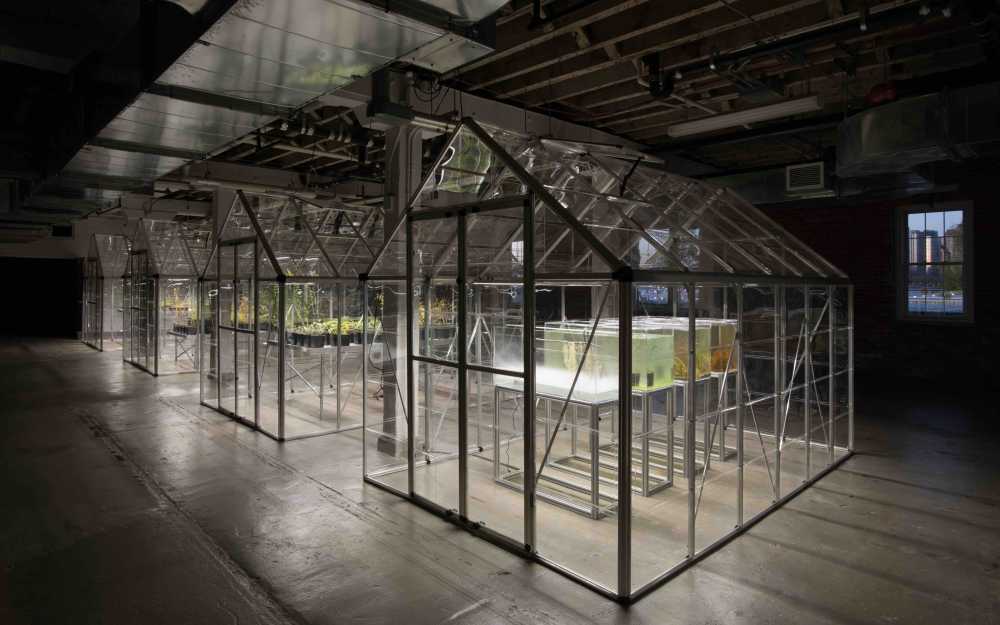To write about the extinction of plants is to bear attention to the legacy of colonial domination over Indigenous knowledges and ways of being in reverence. The arrival of humans to New York City is not innocent, and it is not equal. To write about extinction is to contemplate who settled here, and why. To what ends. Who held power, and who was subjected to that power. Who came here by choice, and who was forced, and what else between.
And so,
With a mind to the complexities of migration, imperial reach, and colonial settlement that have played into the making of this city, and the plant life that has been altered, destroyed, transformed in the process, I want to pull our focus in.
I want you to notice, with me, the significance of this particular intervention. To recognize the persistence of life. What is indicated here. Before consuming any more thought on the matter, I want to perceive what’s here.
Amid such aggressions. Amid demands all on all sides to do better, produce more, consume more, learn more, work harder. There is subtle life growing. Being nurtured, and tended to, and cared for. There are ways of being that are slow. Delicate. There are ways of holding one another this way.
To look honestly and directly at climate disaster is overwhelming. Is devastating. It feels impossible to take in and consider with real, sustained sensitivity. I listen to the news and dissociate. Close off. I don’t know how to handle it.
And to write in response to the catastrophic data I am exposed to. I fear reproducing the disdainful criticism, the compulsion to action, the swift judgments demanded by those positioned with enough wealth and comfort to look down on those who can’t afford to make righteously imposed, environmentally sustainable, individual consumer decisions.
Michael affirms that "Extinct in New York" is not a eulogy, nor a wishing-away: that there is important human history here, too.


